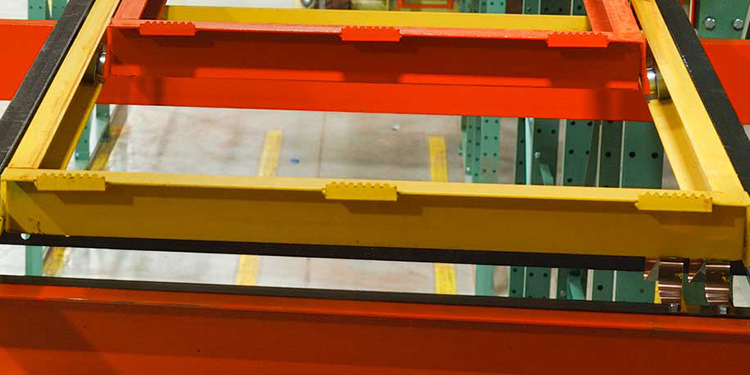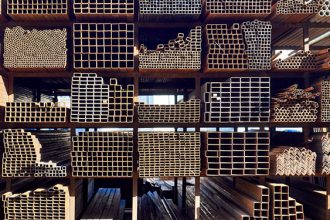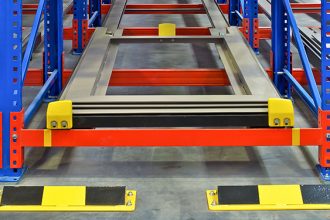Why Are Pallets Important For Pushback System Safety?

Last-in/first-out (LIFO) pushback racking systems (like the vast majority of industrial steel storage rack systems) are designed for use with specific pallet types, loads and rack configurations. For that reason, it is critically important to ensure that operators only load the pushback system with pallets approved for use within it. Not doing so can negatively impact the system’s safety, structural integrity and smooth operation because it increases the risk of a pallet not being seated securely on the cart within its lane.
Because they are engineered to utilize a combination of friction between the pallets and the pushback carts and rails (as well as physical skid stops and/or beam stops to keep pallets in place), care should be taken to maintain the integrity of each lane. Ice, lubricants or liquid on the pushback rails or carts can potentially reduce the friction between the pallet and the pushback system, allowing the pallets to slide forward. To prevent this, inspect the rails and carts periodically and clean as needed.
Further, because pushback rack systems often rely on the pallet loads themselves to push each load and its cart backwards into the lane as new ones are added, both pallet and load integrity are essential. Damaged pallets or those with broken, split or cracked bottom boards—or exposed fasteners—can cause load hang-ups within a lane. Likewise, so can loads that have not been properly unitized or stretch wrapped to ensure that the contents are secure. A pallet load with overhanging slip sheets, carton flaps, loose stretch wrap, improperly stacked cartons, or boxes that have been jarred out of position can easily snag within the system, causing a jam.
Finally, never mix load weights within a single lane of pushback rack, as it increases the potential for a heavier pallet to push a lighter one out of alignment or out of the system. That’s because different pallet weights generate different degrees of friction within the system, increasing the risk of failure, damaged product or injury.
Find out more about how to safely use pushback rack systems, here.


